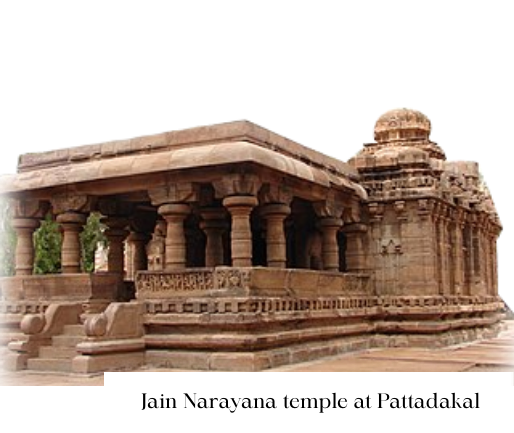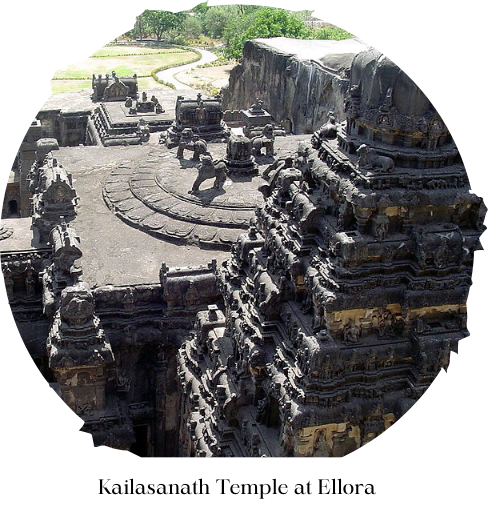Content
[3] K. A. Nilakanta Sastri, “The Rashtrakutas”, in R. C. Majumdar and K. K Dasgupta (eds.), A
Comprehensive History of India, Volume II, Part I (A.D. 300-985), People Publishing House, New
Delhi, 1960, pp. 445-446.
[4] A. S. Altekar, “The Rashtrakutas”, in G Yazdani (ed.), The Early History Of The Deccan Part
I-VI, Oxford University Press, Bombay, 1960, pp. 261-266.
[5] Anant Sadashiv Altekar, The Rashtrakutas and their Times, Oriental Book Agency, Poona, 1934,
pp. 150-153.
[6] H. M. Elliot and John Dowson, The History Of India As Told By Its Own Historians, Vol. 1,
Kitab Mahal Private Ltd., Lucknow, 1964, p. 20.
[7] Pandit Bisheshwar Nath Reu, History of the Rashtrakutas, The Archaeological Department,
Jodhpur, 1933, p. 68 & K. A. Nilakanta Sastri, “The Rashtrakutas”, in R. C. Majumdar and K. K
Dasgupta (eds.), A Comprehensive History of India, Volume II, Part I (A.D. 300-985), People
Publishing House, New Delhi, 1960, pp. 467-468.
[8] Satish Chandra, History of Medieval India (800-1700), Orient Longman, New Delhi, 2008, p.
21.
[9] See, K. P. Jayaswal, Hindu Polity (A Constitutional History of India in Hindu Times) [Part I
and II], The Bangalore Printing and Publishing Co., Ltd, Bangalore City, 1943.
[10] Pankaj Bahot, “Representation of Rashtrakuta kings as Mythical Heroes and Gods”,
Proceedings of the Indian History Congress, Vol. 79, 2018-19, pp. 92-100.
[11] M. S. Khan, “Al-Masʿudi and the Geography of India”, Zeitschrift der Deutschen
Morgenländischen Gesellschaft, Vol. 131, No. 1, 1981, pp. 119-136.
[12] H. M. Elliot and John Dowson, The History Of India As Told By Its Own Historians, Vol. 1,
Kitab Mahal Private Ltd., Lucknow, 1964, 20.
[13] Suryanath U. Kamath, A concise history of Karnataka: From Pre-Historic Times to the
Present, Archana Prakashana, Bangalore, 1980, p. 85 & A. S. Altekar, State and Government in
Ancient India, Motilal Banarsidass, Delhi, 1984, pp. 164-165.
[14] A. S. Altekar, State and Government in Ancient India, Motilal Banarsidass, Delhi, 1984, pp.
171-172.
[15] A. S. Altekar, “The Rashtrakutas”, in G Yazdani (ed.), The Early History of The Deccan Part
I-VI, Oxford University Press, Bombay, 1960, p. 303.
[16] Ibid
[17] Anant Sadashiv Altekar, The Rashtrakutas and their Times, Oriental Book Agency, Poona,
1934, pp. 176-177.
[18] R. C. Majumdar (ed.), History and Culture of the Indian People, The Age of Imperial Kanauj,
Volume 04, Bhartiya Vidya Bhavan, Mumbai, 2009, p. 245.
[19] A. S. Altekar, “The Rashtrakutas”, in G Yazdani (ed.), The Early History of The Deccan Part
I-VI, Oxford University Press, Bombay, 1960, p. 303.
[20] V. D. Mahajan, Ancient India, S. Chand Publishing, New Delhi, 2019, p. 532.
[21] Anant Sadashiv Altekar, The Rashtrakutas and their Times, Oriental Book Agency, Poona,
1934, pp. 181-184/p. 261.
[22] A. S. Altekar, “The Rashtrakutas”, in G Yazdani (ed.), The Early History of The Deccan Part
I-VI, Oxford University Press, Bombay, 1960, p. 304.
[23] Ibid & A. S. Altekar, A History of Village Communities in Western India, Oxford University
Press, Bombay, 1927, pp. 64-65.
[24] A. S. Altekar, State and Government in Ancient India, Motilal Banarsidass, Delhi, 1984, p.
364.
[25] Anant Sadashiv Altekar, The Rashtrakutas and their Times, Oriental Book Agency, Poona,
1934, p. 215.
[26] Ibid. 233-235.
[27] Ibid, pp. 235-236.
Pictures
Dineshkannambadi at English Wikipedia, CC BY-SA 3.0
Pratheepps, CC BY-SA 2.5
Dineshkannambadi at English Wikipedia, CC BY-SA 3.0






